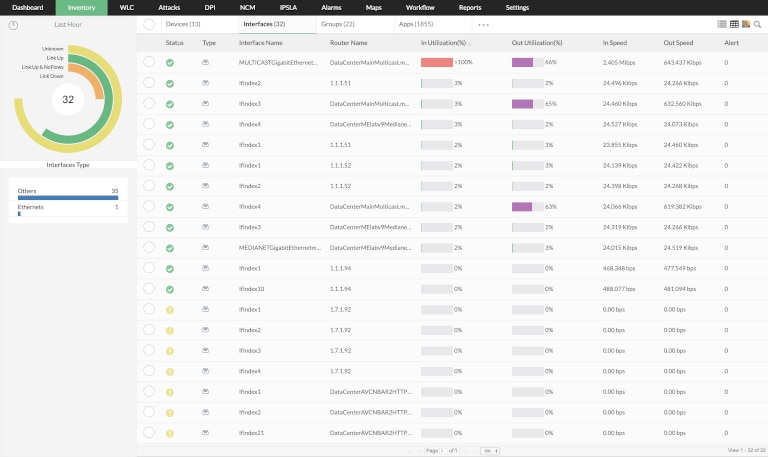
Network anomaly detection, in short, is based on classifying data by differentiating the unusual behaviors of applications or devices compared to what's deemed normal by the organization's network admin. This is where statistical methods like anomaly detection based on machine learning can come in handy. Organizations need a dynamic technology that knows how to differentiate abnormal behavior from normal behavior in the way hosts and servers interact with the network. Anomaly-based intrusion detection: Fusing network security monitoring with machine learning This increases the workload for admins, forcing them to identify which traffic is authentic for security concerns and to keep the signatures updated to avoid attacks.

Therefore, admins can't protect the network from zero-day attacks that have no signatures to be matched or attacks that utilize a link's weak authentication.Īdditionally, with relevant knowledge on the attacks, the obtained information can be used to generate more false positives and keep sending alerts that can be harmful. Network admins can lay out new rules to combat attacks that they suspect, but most hackers can bypass the laid-out rules by disguising their attack as a file or folder that, when accessed, would evade the security system. The challenge with following this technique in today's IT environment is that it won't work for advanced internet worms such as Raspberry Robin, Stuxnet, or Code Red. Using this technique, network admins can predefine rules and indicators of compromise to describe what would precede a specific attack, such as the attack's behavior, harmful domains, or email subject lines. They monitor network traffic to find if a particular pattern matches the attack signature present in packet headers. Signature-based techniques can be considered analogous to capturing fingerprints. A brief look at signature-based intrusion detection and why NOT to choose it Tracking the flow of a huge amount of traffic to check for anomalies and prevent hacks is difficult with traditional, rule-based security systems. In large enterprises, complexity and the need for scalability in the network infrastructure tends to be more common. Security and risk management has become an increasingly important aspect of network management that organizations are finding competitive solutions for. With a broad scope of use cases and traffic data being transferred to and from different sources, organizations should be monitoring their networks with strategies and tools. Network traffic anomaly detection: A fail-proof traffic monitoring techniqueĪs the internet has evolved multifold in the past years, a huge number of services and applications that make business operations easier have come into the picture.


Network Based Application Recognition(NBAR).


 0 kommentar(er)
0 kommentar(er)
